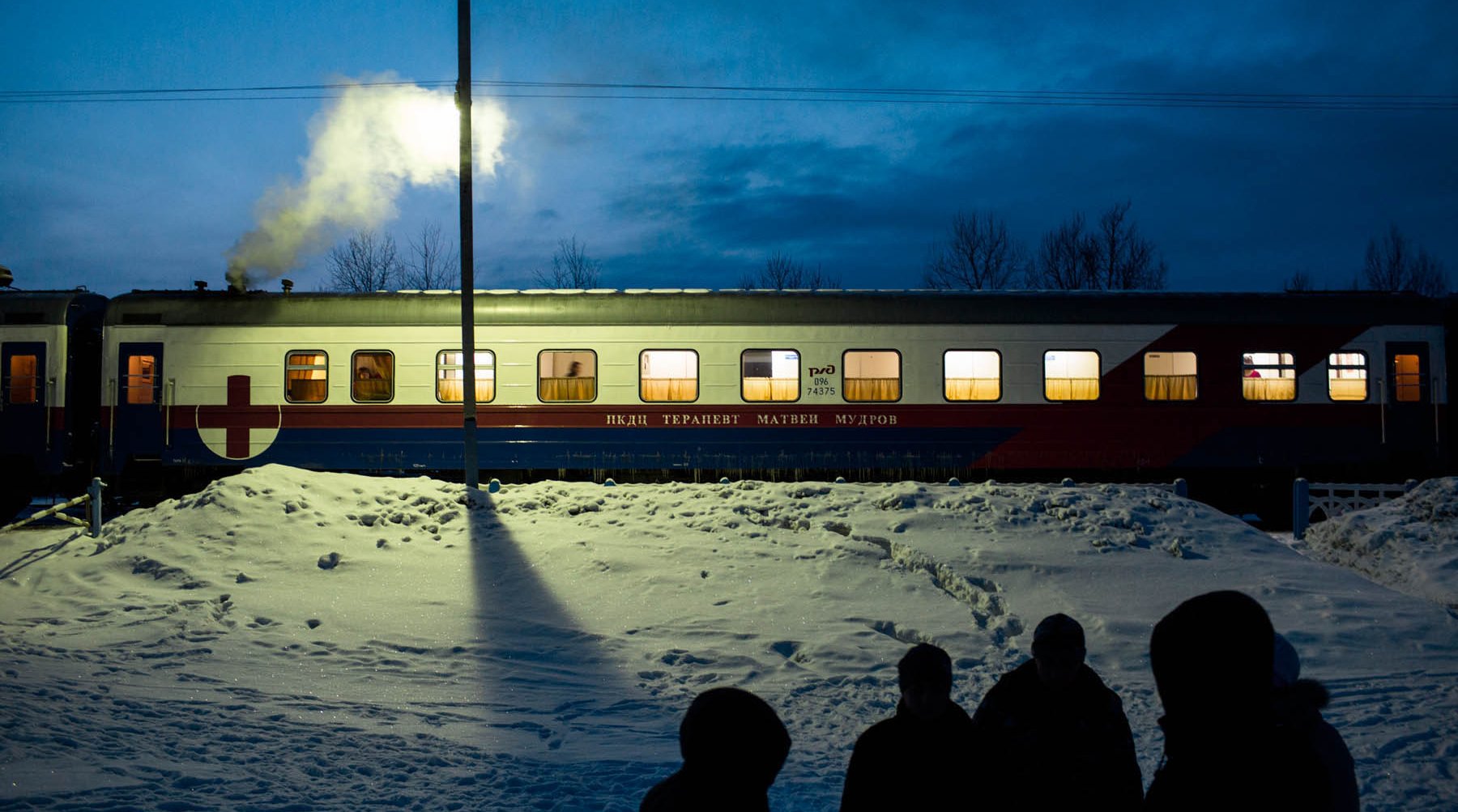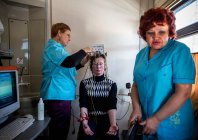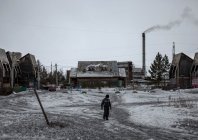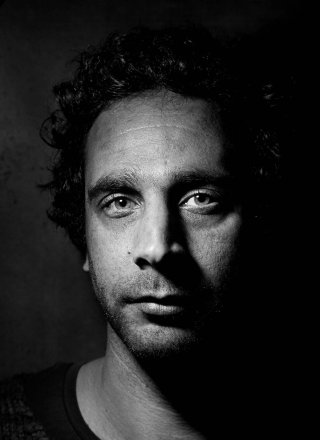
Train for the Forgotten
William Daniels
Panos Pictures / National Geographic Magazine
It was grand and extravagant, utterly outlandish, and the most expensive infrastructure project of the Soviet era. The BAM, the Baikal-Amur Mainline, is the railway crossing Eastern Russia, running for more than 4000 kilometers. Along the track, small villages are scattered here and there in the taiga, and a four-story building stands in the middle of nowhere. The streets are more likely to be dusty tracks than paved roads; broken pipes poke out of the ground, and a few tumbledown houses with no water or heating can be spotted.
The BAM was the project of the century, set to conquer the Far East, backed by all-powerful Soviet propaganda, but the financial venture was sheer folly. Most of the construction was done in the 1970s and 1980s, with workers coming from all corners of the USSR, drawn by the romantic ideal of producing something in the middle of the vast, bleak taiga. The men were pioneers, national heroes, as was recognized by their wages and bonuses (including a car after three years on the job). Such luxury was inconceivable at the time.
The men on the BAM had no idea that the system was on the verge of collapse. In 1991, everything came to a halt. Supporting infrastructure simply disappeared as the State had other priorities. Communities on the BAM were abandoned, left to their own devices to cope with only the minimal services available. There were no roads to speak of; everyone depended on the train.
Preview






Twenty-three years later, most of the pioneers have left, and nothing much has changed since 1991. The villages along the BAM are much the same, but life is worse for those who stayed and for their children; access to any and every service is more difficult. They are hours from a police station, hospital or maternity center. Healthcare is a real problem, so they cross their fingers and hope to stay healthy. It is not a good idea to be ill along the BAM, as the nearest hospital is more than a day away.
The authorities therefore set up a medical train – the Matvey Mudrov – for consultations and diagnosis, like an ordinary dispensary, but this one is on rails. The Matvey Mudrov stops in most villages along the BAM line, and it is quite an event when it comes through, offering diversion which some locals even celebrate, putting on their best clothes and having their hair done. The train stops for one day, and dozens or sometimes as many as a hundred people come to consult. Then it travels by night to the next village. Specialized services are available on board, including X-rays, ultrasound, neurology and ophthalmology. Sometimes dental care is added, but as an optional extra it is usually only at election time, when one of the parties, mostly the one in power, provides it as a generous offer to voters.
For the people living along the BAM line, the Matvey Mudrov is more than just a mobile hospital; it is the last link they have with the rest of Russia, with modern Russia which has developed and surged ahead over the past ten years. It has surged ahead, without them.
*William Daniels *






